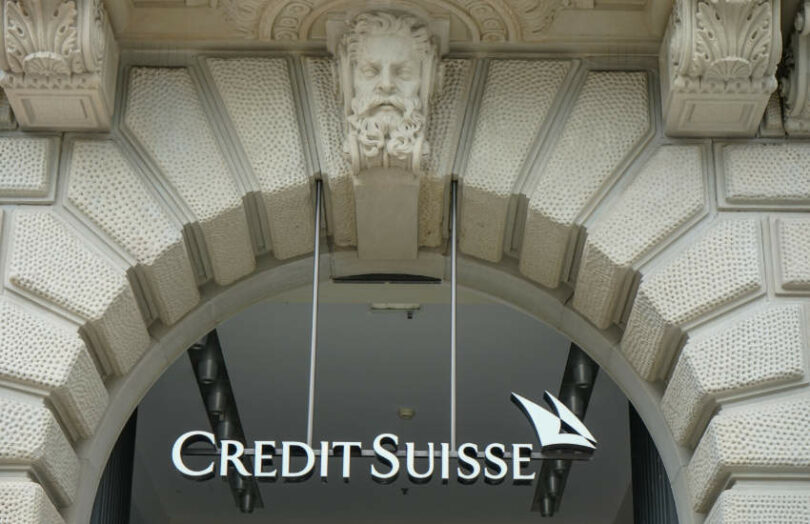A group of Swiss banks, Credit Suisse, Pictet and Vontobel, have issued tokenized investment products on the Ethereum blockchain testnet and settled transactions with fiat currency. The tokenized securities were traded on BX Swiss, the FINMA-regulated Swiss securities exchange and subsidiary of Börse Stuttgart.
The benefits of using blockchain include efficiencies resulting in lower costs. Because settlement is invariably faster or instant, counterparty risks are reduced. And in this case, the added nuance is the use of a public blockchain that can potentially enable greater liquidity because of ease of access.
One of the promises of blockchain is to cut out the middleman. However, regulations in many countries don’t allow this for securities. Neither a central counterparty (CCP) nor a central securities depositary (CSD) was involved in these transactions.
“This proof of concept demonstrated that trades carried out on-exchange can be settled on a public blockchain directly between participants,” said Matthias Müller, Head of Markets at BX Swiss. “It is no longer necessary for the parties to secure a transaction by transferring tokens or cash to the exchange ahead of trade. This is a significant advantage in terms of speed, cost, and risk management.”
He added, “The new regulatory regime for DLT-based trading platforms will allow BX Swiss to take full advantage of these developments.”
BX Swiss is one of only three FINMA-authorized Swiss trading venues, the other two being SIX and the SIX Digital Exchange (SDX).
Digital asset firm Taurus provided the technology for the issuance of the tokenized structured products, which included tokens representing baskets of equities issued by private banks Pictet and Vontobel, and a structured note from Credit Suisse. The Capital Markets and Technology Association (the CMTA) orchestrated the trial.
“The transactions carried out today clearly establish that products tokenized on a public blockchain can be traded on regulated trading platforms and that the settlement of transactions on tokenized products can be carried out in fiat currencies without creating any counterparty risk,” said Daniel Gorrera, Head Digital Assets at Credit Suisse.
A year ago, Credit Suisse was involved in helping a private company to tokenize its equity on Ethereum using Taurus technology.
For the latest transactions, the CMTA developed a smart contract that was used for settlement to eliminate counterparty risks. This used a payment solution, DLT2Pay, developed by targens that connects the blockchain to SIC, the Swiss real-time gross settlement (RTGS) system.
“With a fully automated smart contract covering the entire lifecycle, the possibilities that can be expressed in pure code language are almost unlimited, and the blockchain technology can help designing new generations of financial products,” said Marco Hegglin, Chief of Staff Structured Solutions & Treasury at Vontobel.
Other organizations involved in the transaction included UBS and custody tech firm Metaco.
UBS recently issued a DLT-based bond on the SIX Digital Exchange (SDX). In that case, the securities are held in a CSD, and in a novel twist, the investor can choose whether to keep it at the native SDX CSD or the more conventional SIX CSD. R3’s Corda enterprise blockchain underpins SDX.
Meanwhile, others have issued securities on the main Ethereum blockchain rather than the testnet. These included the European Investment Bank (EIB), Societe Generale and Santander.






